
 How will the collaboration with Michelin influence the future of the company? What vision do the companies share?
How will the collaboration with Michelin influence the future of the company? What vision do the companies share?
Michelin evaluated our recovered carbon black material in 2016. Since then, they have made significant testing of quite large volumes of our material over time to evaluate its consistency and quality. This is probably the most important parameter for any tyre manufacturer to use recovered carbon black. The interest in the technology itself started to grow as they saw that the performance of the recovered carbon black material was quite impressive. Over time, they started doing due diligence on the technology during those years. We intensified the negotiations in the early stages of 2020 and finally entered into a partnership agreement in April where Michelin invested 20 percent in Enviro. But, that was only one part of the partnership we envisioned. We also had, from the beginning, discussions about how we can provide the technology as a part of their solution to build a business model around mining tyres. This way, they could also offer their mining customers a solution for the recovery of the mining tyres. In that aspect, we negotiated regarding a joint plant project we are currently building in the Antofagasta region of Chile. We are also preparing the permitting for a plant in Uddevalla, Sweden, of 60,000-tonne ELT capacity for car and truck tyres.
In addition to that, we evaluate different technology experiences from both sides where we contribute with our experience in pyrolysis and treating end-of-life tyres in a professional way. Michelin is contributing with their extensive knowledge about developing and innovation into industrial capacity plants. What we have is a very intense collaboration on a more or less daily basis.
Going forward, we see that Michelin has a strategic ambition to replace up to 100 percent of the materials in the tyres with sustainable alternatives. Carbon black is one of the materials where we think that quite large volumes can be replaced over time. They're also involved in replacement and development of different types of oils in the tyres. From Michelin’s side, I think they have a wider interest in the recovery of all the materials in the tyres. This also aligns with our interest since we are recovering tyre pyrolysis oil and doing that quite successfully. We expect more plans in collaboration with Michelin in one way or another. Their investment in our company and the clear engagement in showing the market that they're using our material in motorcycle racing tyres in Moto E and in performance tyres for racing cars is helping us to get the acknowledgement in the market. This is important for our growth and our expansion plan.
How are you matching the quality and consistency of the recovered carbon black to virgin carbon black? Can you also please elaborate on the collaboration with AnvaPolytech, where Enviro completely replaced virgin carbon black used in Volvo's rubber components back in 2015?
We are using our patented batch process, which is a fixed batch process. The technology that we are using was developed for over 20 years to maintain control of the pyrolysis process. We can make sure that the result of the pyrolysis in the material is consistent, which means that we are not creating new carbon, as you easily do when you have a continuous process, and we are making sure that the pyrolysis process has evaporated all the volatiles out of the carbon fraction. This is very important and we control this with the system in multiple parameters that we measure during the process. We also have a significant quality control system downstream. So, in the post process of the pyrolysis, we do multiple quality checks. Before each shipment, we have ASTM standard controls for about 10 different parameters where we compare to the industry ASTM standard normally used for carbon black. There are a few ASTM measurements used for virgin carbon black that are not applicable for all recovered carbon black products, but the majority of the tests can be similar and we keep a very high consistency there. This is also one of the main achievements of the company since January 2016. We made the first commercial delivery to AnvaPolytech and they are a rubber component supplier to Volvo Cars. They have been involved with us before the commercial deliveries in the research and development of the material for rubber components. They were also involved in lots of different types of testing, where meeting the automotive standard for EPDM rubber components was a very significant part, and also got the final approval from Volvo Cars to replace the material. Since 2016, we have replaced 100 percent carbon black in those components with our material. I think it's now more than 100 million components delivered from Anva to Volvo Cars.

The gas produced during the pyrolysis process is used to fuel the machinery itself. Is there a commercial value for the gas in this market and are you exploring those business verticals?
It is a very valid question; we are producing new pyrolysis gas, and in the process, we condense out the oil, but there will be a fraction of gas that is not condensable. That gas is the excess gas that we use for the next pyrolysis phase. In our current plant at Åsensbruk, we use the excess gas and part of the oil to power the main process and the post process for heating purposes. In the new plants we will be building, for instance, one in Sweden, we plan to start production in the fourth quarter of 2023, where we will use green energy from wind, solar, water and waste to provide energy. In this case, the excess gas will be used only to heat the dryer system in the post process. Does it have a commercial value? I think some markets do; it might be used also in-turn to produce energy or electricity, but at the moment, this is not something that we are exploring further in detail.
 The company recently received two ISCC certifications, one for the pyrolysis oil and the other for the carbon black. What were the challenges in earning the certifications and are there any other benchmarks that you're targeting for any other product in the future?
The company recently received two ISCC certifications, one for the pyrolysis oil and the other for the carbon black. What were the challenges in earning the certifications and are there any other benchmarks that you're targeting for any other product in the future?
We are very proud to be the first to achieve the certification for the recovered carbon black. It is an important step for both the certification and for us as a company. We are already seeing some of the players in the tyre industry looking to certify according to ISCC now. This means that there will be a higher value in connection to using that type of material. There are always challenges with being certified and the most challenging maybe is to follow the certification requirements in terms of how, when and where to measure. We need to make sure that this is something that we can live up to when we are audited annually. We must also commit resources and capabilities to do this. We also needed to involve our supplier of tyre material, which, in Sweden, are Ragn-Sells. They are also audited by the certifier.
Enviro was evaluating business prospects in India. What is the current status of opening a full-size plant? Pyrolysis is banned in India across almost all states by the pollution board, and we're seeing various companies being ordered to shut down plants. Where does Enviro fit in and what are the developments?
Yes, we have been conducting meetings together with the Swedish Energy Agency, Swedish Export Organization, Business Sweden and a few other organisations including India-Sweden Innovations Accelerator and Confederation of Indian Industry in India. We have been exploring the Indian market for many multiple axles, and during the last two years, we are meeting with all the major tyre producers, both local and international. We are meeting with oil companies downstream who are potential customers for oil. We are meeting with waste treatment and tyre treatment companies locally and also making presentations to most local governments. However, we feel it is a bit too early for us to enter India on a more massive basis.
We have decided strategically that we will start with Europe followed by probably the US in the next phase. I think that will help India to monitor what is happening with the technology and how it can be a part of the system in those markets. We can then use that as a showcase for creating a sustainable and long-term system for the Indian market. We hope that this display of the system will be appreciated by the players in India to implement and also be some kind of inspiration to make that happen. In regards to pyrolysis being banned, I think it's probably a very correct decision because the pyrolysis technologies that we have seen being used in India are mainly Chinese versions where the environmental 360-degree impact has not really been considered. I think it was a very necessary decision.
The system for import and collecting for the pyrolysis industry was not really in place at that moment. But I think we can showcase together with a few of our peers in the European market that batch pyrolysis process and pyrolysis in general can be made with a very sustainable and safe technology with the highest possible emission control systems. We are hoping that by setting an example in Europe and showing both the technology and the system, maybe we will enter India in the next five years.

What are some of the constraints that you see in entering the Indian market?
I think one constraint that we are struggling with – mainly in Europe, but also in other markets – is that end-of-life tyres are viewed purely as waste materials. To really get our authorities and government regulators to understand that we are making a transition of waste materials into something that can sustainably replace fossil resources is a challenge. We are in the right direction. ISCC certification is one step.
Reach of the materials is another step. I think that transition to get aligned with the current legislation in many countries is still a hurdle. Even if it's improving, making this kind of large transition of an industry that is not really present at the moment requires financial support. Financial investors need to be willing to take a little bit of a risk to make the industry change as rapidly as it needs to. It's not enough for the tyre industry if there is one company able to provide the small volume to the market; they need multiple suppliers and large volumes to replace larger volumes of virgin material. The volume is a constraint itself. We hope, together with Michelin and other parties that we're working with, to provide larger volumes in the coming 10 years. Our ambition is to establish at least 30 plants globally in the coming decade. We also hope that our competitors are also successful in India.
 What potential do you see in the Indian market, being one of the biggest automotive markets in the world, in terms of government support or the infrastructure for the products Enviro produces?
What potential do you see in the Indian market, being one of the biggest automotive markets in the world, in terms of government support or the infrastructure for the products Enviro produces?
One of the opportunities is the growing automotive market. There is also a foundation of industry there in India for a long time. There is a tradition to produce tyres with a lot of knowledge, research and development around tyres and rubber materials, which I think is a very interesting potential itself. The competence around the materials in India is significant. I think the size of the market itself is an opportunity. If you choose to see the immaturity of the collection system as an opportunity, which I do, I think there is a lot of potential to establish from ground-up, a workable system with different stakeholders where I think local and national government needs to play a role, but it needs to be still on market conditions. I think the model that we will be showcasing in Europe will be attractive for both the government and local private stakeholders like the tyre industry and rubber industry.
In a broader sense, what is the future for the company and what are your goals? What are you excited about?
There are very clear targets from the tyre industry since they are consuming more than 70 to 80 percent of the carbon black material in the world. We have very clear targets for replacing fossil-originated materials with recovered or sustainable materials. We are very excited about the volume potential we see there. We have started to take steps in that direction with multiple tyre producers. The regulation in Europe and other countries to reduce the fossil content in oil products and chemical products is very positive for us. ISCC is a very important tool for the market to implement recovered and bio-based materials which have tax incentives. These enable us to launch our expansion plan, which, as I mentioned, is for the next 10 years to open 30 plants globally. We are excited that we are now in the position to work in establishing one plant with Michelin in Chile and in parallel a plant in Sweden with more or less the same time scheduled to start production. In the pipeline, we have several very interesting projects building up.
Are there other manufacturers or automotive players that are satisfied with the level of quality in your recovered carbon black? Are there any projects in the pipeline?
We have seen the interest significantly increasing in suppliers to the automotive industries and to other core manufacturers since we got the ISCC certificate for our products. But I think that we could better market what we have achieved together with Volvo in order to really get the other car brands into using more of our material. I think we have some homework to do there, because what we do is too little known to them at the moment. So there is work to be done there. We know we can achieve it. We should focus on letting them know what we can do. We are working with some other automotive manufacturers not only for the recovered carbon black but also to help them achieve their zero-emission objectives. So that could be related to oil, carbon black, steel and potentially other materials such as carbon fibre, for instance. (MT)
Triangle Tyre To Establish Major Manufacturing Plant In Cambodia
- By TT News
- January 21, 2026
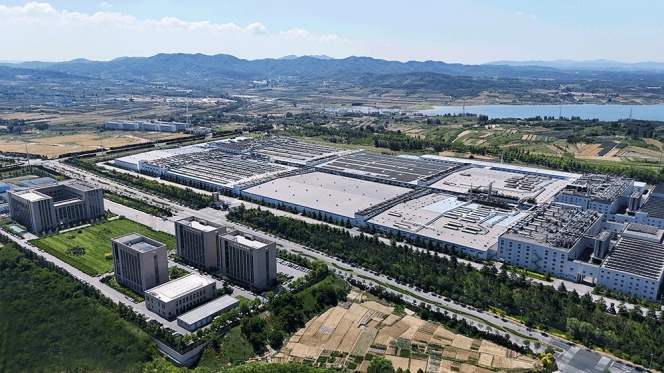
In a major step to advance its global manufacturing footprint, China’s Triangle Tyre has unveiled plans for a new facility in Cambodia. The company will invest CNY 3,219 billion (approximately USD 462 million) to construct a tyre plant in Svay Rieng Province, with construction slated to commence in March 2026. This project represents a cornerstone of the firm’s international expansion strategy and a deepening engagement with the Belt and Road Initiative.
The future facility is designed to produce six million high-performance passenger car tyres and one million commercial vehicle tyres annually. It will employ proprietary manufacturing technologies developed by Triangle Tyre. Output from the Cambodian plant is primarily destined for key international markets, including North America, Europe, the Middle East, Africa and Southeast Asia.
Establishing a local, wholly-owned subsidiary will facilitate the project's implementation and ongoing operations. Company officials position the investment as a strategic move to optimize global supply chain and sales networks while enhancing overall market competitiveness. Financial projections indicate the project is expected to generate average annual revenues of approximately CNY 2,585 billion (approximately USD 371 million) upon reaching full production, with an estimated investment return rate of 15.1 percent.
This overseas capacity expansion is viewed as a direct response to China’s ‘Go Global’ policy. It aims to secure new market opportunities and sustainable profit growth, thereby strengthening the company’s position for long-term development in the global tyre industry.
- Hankook Tire
- 2026 FIA World Rally Championship
- 2026 WRC
- Hankook Ventus Z215
- Hankook Winter i*cept SR20
- Racing Tyres
- Motorsports
- Rallye Monte-Carlo
Hankook All Set For 2026 FIA World Rally Championship At Rallye Monte-Carlo
- By TT News
- January 21, 2026
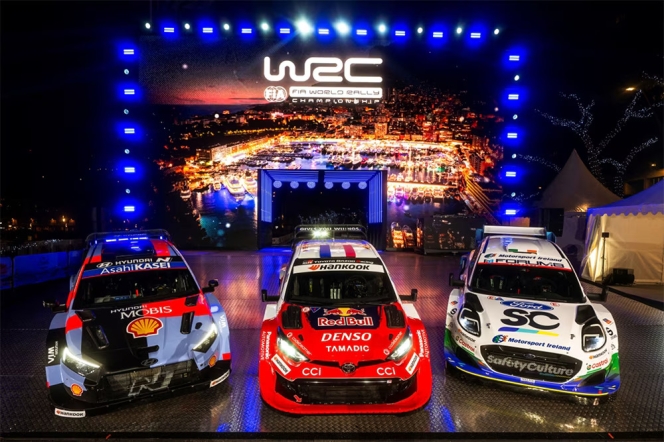
Hankook Tire commences its second year as the exclusive tyre supplier for all classes of the FIA World Rally Championship (WRC), beginning with the iconic Rallye Monte-Carlo from 22 to 25 January. This 94th edition of the legendary event, covering 339 kilometres across 17 special stages in Monaco and France, is renowned for its unpredictable Alpine conditions. The challenge of rapidly changing surfaces, from tarmac to snow and ice, makes tire selection and performance absolutely critical to competitive success.
For this demanding opener, Hankook will provide its advanced Ventus Z215 tarmac tyre, engineered for precise handling and cornering stability on dry roads. To tackle winter conditions, the company will supply its Winter i*cept SR20, available in both studded and non-studded versions to ensure exceptional traction and control on snow and ice. These products incorporate the brand's latest motorsport technology, developed in collaboration with participating manufacturers to meet the championship's rigorous demands.
Beyond the technical partnership, Hankook plans to enhance its fan engagement throughout the 2026 season. Initiatives include operating ‘Brand World’ marketing booths at service parks for events like the Croatia Rally and Vodafone Rally de Portugal, alongside hosting ‘Stage Hospitality’ at select regional rallies. These efforts are designed to offer unique brand experiences to spectators and partners, solidifying Hankook's premium global image. The company will also leverage its official digital channels to share real-time updates and rally content with a worldwide audience.
The 2026 WRC calendar comprises 14 rounds spanning Europe, Africa, South America and Asia. Having established its technological leadership since becoming the exclusive supplier in 2025, Hankook aims to build on its proven record of consistent performance under extreme conditions, supporting another fiercely competitive championship.
Continental Expands Gravel Range With Terra Adventure Graphite-Reflex Tyre
- By TT News
- January 21, 2026
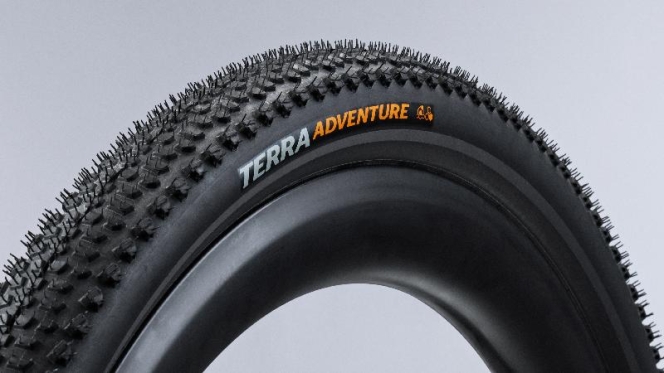
Continental has enhanced its gravel range with the introduction of the Terra Adventure Graphite-Reflex, a tyre engineered for visibility and extended exploration. This new model incorporates a Graphite Reflective sidewall strip, certified to the R88 standard, to dramatically improve rider visibility during low-light and night-time riding. This key safety feature empowers cyclists to venture further with confidence, bridging the gap between gravel and cross-country mountain biking without compromising performance.
The tyre builds on a foundation of proven off-road technology, featuring a fast-rolling, open tread pattern derived from Continental's mountain bike expertise. This design ensures reliable traction across diverse surfaces, from soft soil to hardpack. Reinforced shoulder knobs provide secure cornering, while a specific 3-3-4 centre stud arrangement offers stability under braking and smooth handling over mixed terrain. Underpinning this capability is Continental's Grip Compound and protective Trail Casing, which work in concert to deliver durable, all-condition performance.
Fully tubeless-ready and hookless rim compatible, the Terra Adventure Graphite-Reflex is available in multiple widths to suit different riding preferences. Ranging from a speed-oriented 45 mm option to a plush 55 mm version, each tyre is constructed to offer long-distance durability and consistent control, making it a versatile choice for riders who demand both safety and uncompromising capability on their adventures.
Alexander Haenke, MTB and Gravel Product Manager, Continental Tires, said, “With the new Terra Adventure Graphite-Reflex, we’re expanding our gravel tyre portfolio for riders who want to venture further with greater confidence. By integrating R88-certified Graphite-Reflex, we’re improving low-light visibility and offering riders extra peace of mind on extended or unpredictable routes. Whether you’re tackling dark-season gravel rides or pushing through late-night bikepacking miles, Terra Adventure Graphite-Reflex adds a meaningful safety advantage without compromising style or performance. At Continental, we’re dedicated to creating products that align with every rider’s adventure – and with this new addition, the journey can continue long after the sun goes down.”
- Dr Rabindra Mukhopadhyay
- Indian Rubber Institute
- Hari Shankar Singhania Elastomer And Tyre Research Institute
- JK Tyre & Industries Ltd
- Dr Gregory McKenna
- Dr Will Mars
- Dr Rigoberto Advincula
- Dr Clément Robin
- Dr Timothy Lodge
- Dr Gerard Nijman
- American Chemical Society
- Rubber Division ACS
- ACE Laboratories
- HF Group
- Lion Elastomers
- Cabot Corporation
- Endurica
- Renkert Oil
Rubber Division, ACS Names Dr Rabindra Mukhopadhyay Among 2026 Science And Technology Award Winners
- By Sharad Matade
- January 21, 2026
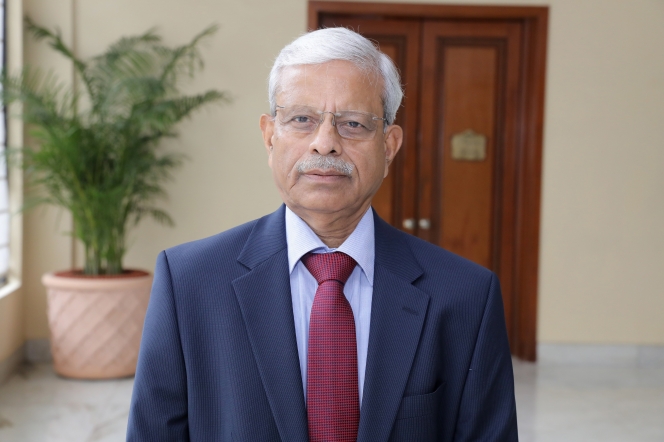
The Rubber Division, American Chemical Society has announced the recipients of its 2026 Science and Technology Awards, recognising seven researchers for contributions to elastomer science, sustainability and manufacturing innovation.
Dr Rabindra Mukhopadhyay has been named winner of the Sustainability in Elastomers Award, which recognises advances that reduce environmental impact and improve material compatibility across the elastomer value chain.
The Sustainability in Elastomers Award, sponsored by ACE Laboratories, was established in 2018 as the Bioelastomer Award and later expanded to reflect broader sustainability goals. It carries a USD 3,000 prize, an engraved plaque and travel support.
Dr Mukhopadhyay is Chairman of the Indian Rubber Institute and Director and Chief Executive Officer of the Hari Shankar Singhania Elastomer and Tyre Research Institute. He also serves as Director (R&D) at JK Tyre & Industries Ltd. He is a Fellow of several professional bodies, including the Indian National Academy of Engineers, the Institution of Engineers India, the Rubber Division of the American Chemical Society, the Indian Society of Analytical Scientists and the Indian Institute of Quality.
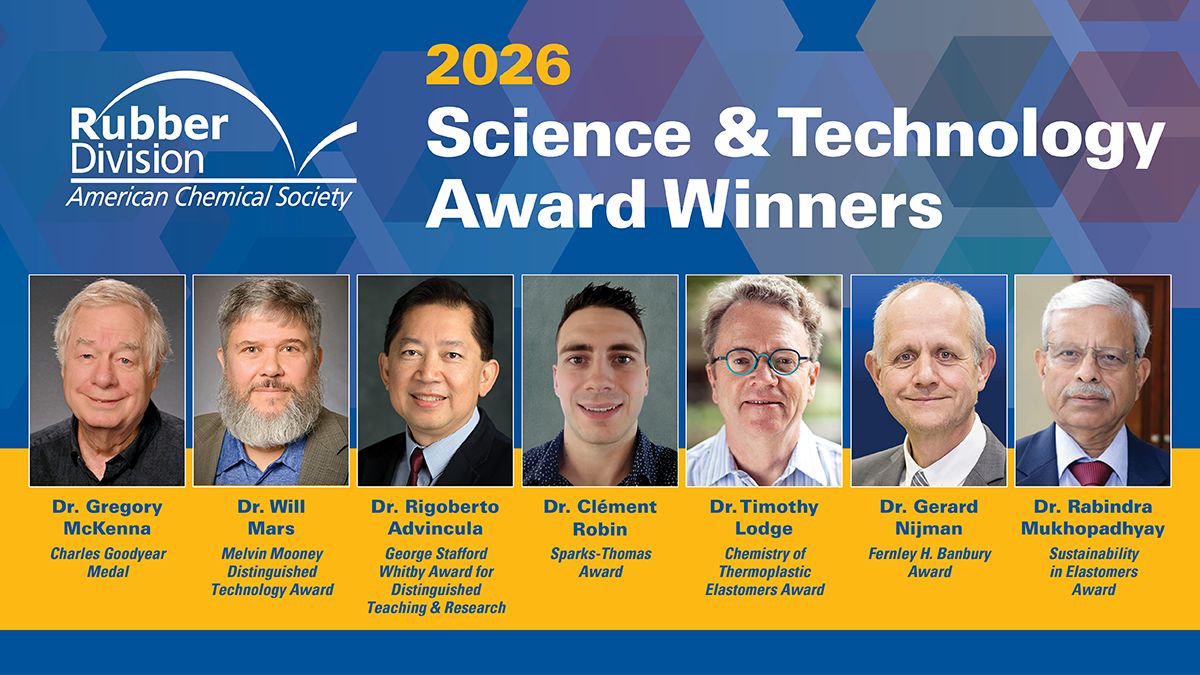
He is a Visiting Faculty Member at a number of Indian universities, including the Indian Institute of Technology, and serves as a Senate Member of the Indian Institute of Technology (Patna). He is also a Member of the Academic Advisory Board of Techno India NJR Institute of Technology, a Member of the Governing Council of the Rubber Skill Development Centre, and a Member of the Advisory Board of Certification Services at the British Standards Institution. Mukhopadhyay has spent 38 years in the polymer industry, with a focus on education, training and research in rubber science and tyre technology, and has authored more than 175 research papers and holds six patents.
The division’s highest honour, the Charles Goodyear Medal, has been awarded to Dr Gregory McKenna. Sponsored by HF GROUP, the medal recognises invention or innovation that has made a significant contribution to the rubber industry. The award includes USD 6,000, a gold medal, a framed certificate, lifetime membership of the Rubber Division and travel expenses.
Dr Will Mars has been selected for the Melvin Mooney Distinguished Technology Award, sponsored by Lion Elastomers. The award recognises sustained technical contributions to rubber science and technology and includes USD 3,000, an engraved plaque, lifetime membership and travel support.
The George Stafford Whitby Award for Distinguished Teaching and Research has been awarded to Dr Rigoberto Advincula. Sponsored by Cabot Corporation, the award honours international excellence in polymer science education and research and includes USD 3,000, an engraved plaque and travel expenses.
Dr Clément Robin is the recipient of the Sparks-Thomas Award, sponsored by Endurica. The award recognises scientific contributions by early-career researchers within 25 years of earning a bachelor’s degree and includes USD 4,000, an engraved plaque and travel support.
The Chemistry of Thermoplastic Elastomers Award has been awarded to Dr Timothy Lodge. Sponsored by Renkert Oil, the award recognises advances in the chemistry of thermoplastic elastomers, particularly work leading to new commercial or patentable materials. It carries a USD 4,000 prize, an engraved plaque and travel expenses.
Dr Gerard Nijman will receive the Fernley H Banbury Award, also sponsored by HF Group, for innovations in rubber processing equipment, instrumentation and manufacturing technology. The award includes USD 3,000, an engraved plaque and travel support.
The Rubber Division, ACS Science and Technology Awards programme has recognised achievement in rubber and elastomer science since 1941. Award recipients will be formally recognised at a forthcoming Rubber Division meeting, where they will deliver technical lectures on their work.


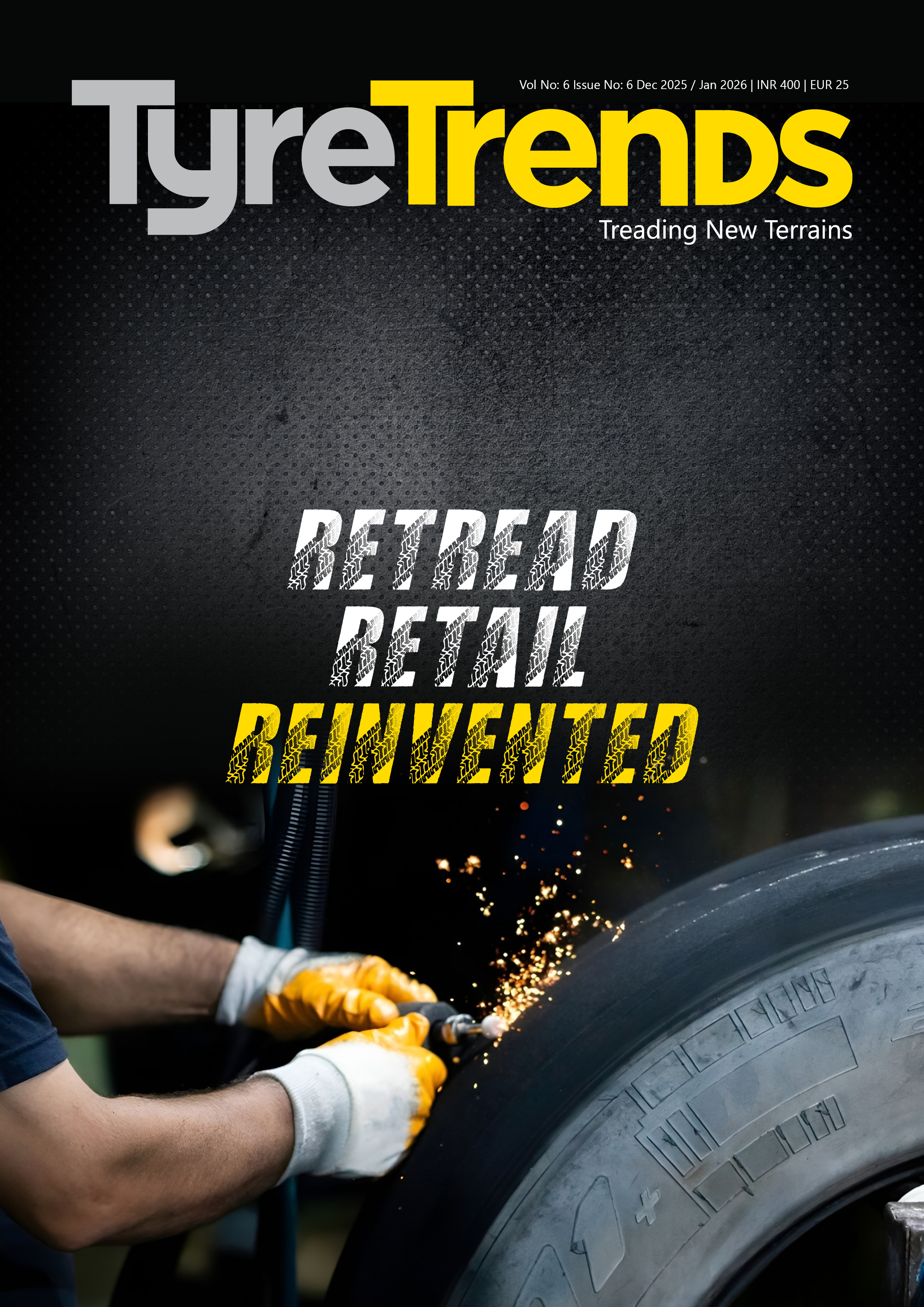




Comments (0)
ADD COMMENT